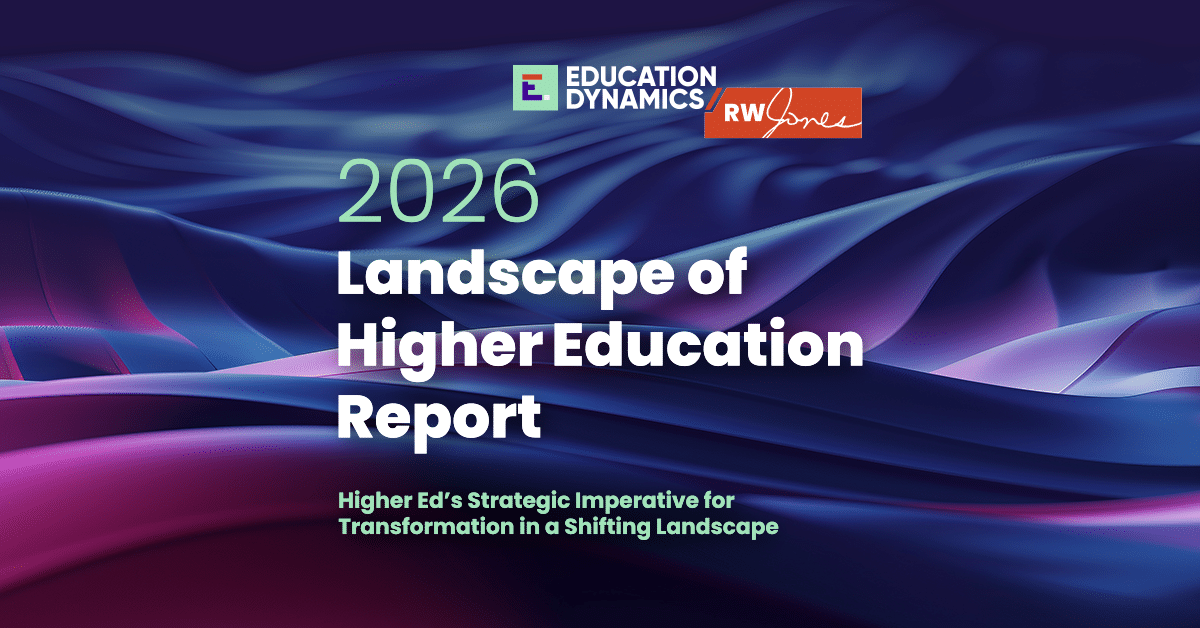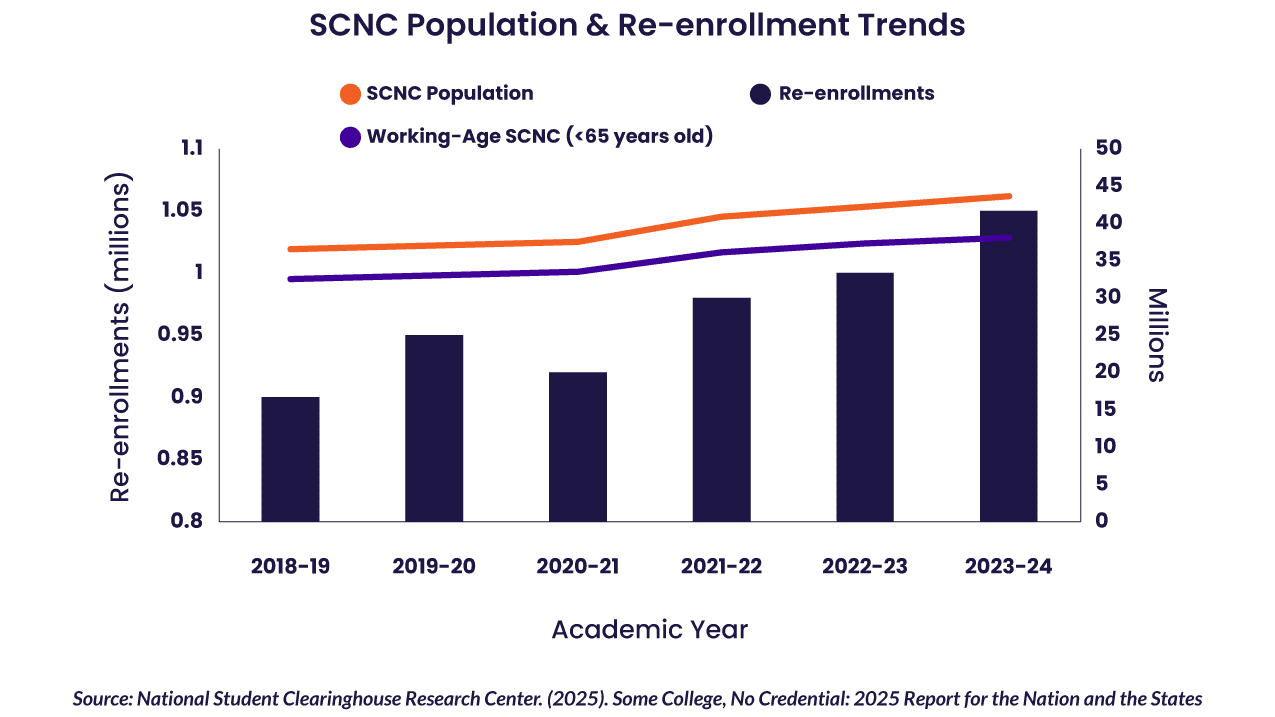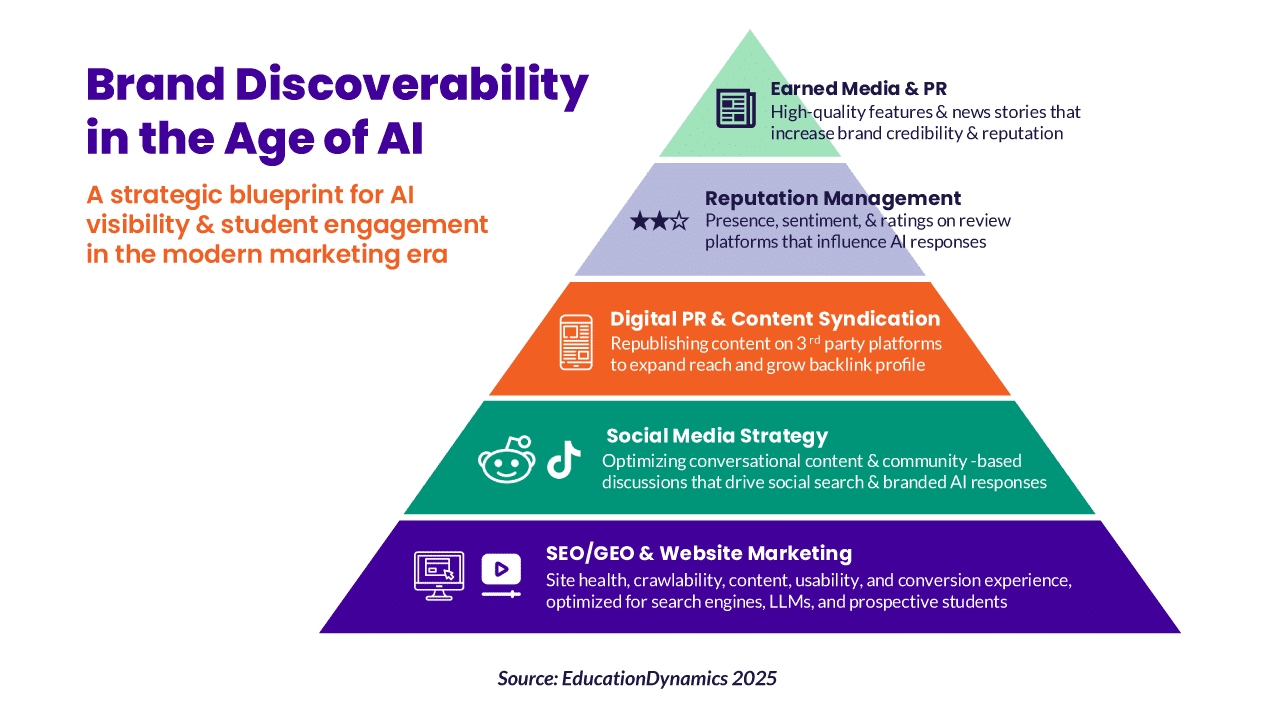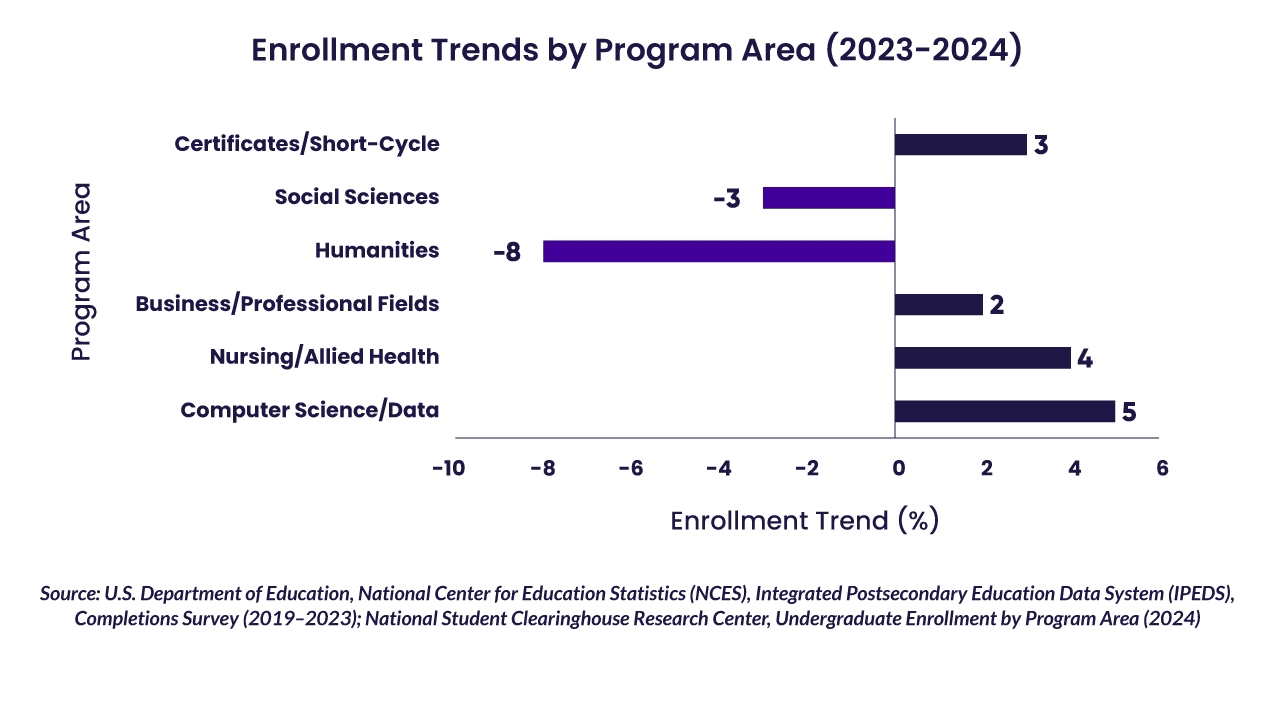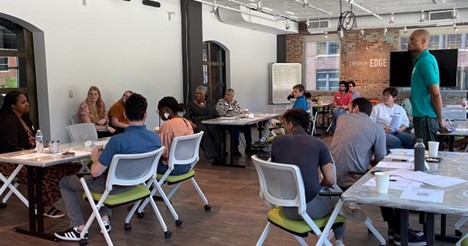The UK’s economy looks particularly bad at the moment.
There is a Jeremy Hunt view of the world that while the UK is in a muddle with its money the foundations are strong. After all, the UK is still one of the world’s largest economies. There is the City AM view that the UK is in many ways fundamentally broken. And, there is the Resolution Foundation that predicts that many households will endure another decade of lost earnings.
The UK’s particular malaise is manifold. The IFS talks about it as a result of “Low investment, policy mistakes, political instability, and Brexit,” (Covid didn’t help either). The result is what former LSE president and now advisor to Keir Starmer Minouche Shafik and founder of the Resolution Foundation Clive Cowdery have called a “toxic combination of low growth and high inequality.” Their view is stagnation is because of low records of investment in staff by business, regional inequalities, and the overplaying of the UK’s manufacturing strengths at the expense of its actual strengths in services.
New advisor old problems
As the country has ambled through its decade and more of low growth the university sector has expanded rapidly. As I wrote about in a paper for the Post-18 Project this presents a fundamental problem for people like me that believe in the economic utility of universities.
The best version of the story is that universities have genuinely transformed the economic fortunes of some parts of the country, if not the entire country. A recent Centre for Cities report suggests there are some places that have become more prosperous through all the economic goods a university attracts to their place including students, knowledge workers, and some kinds of innovation.
The second sunniest version is that the country would be in an even greater mess were it not for its universities. The gloomiest picture is that despite the enormous amount of additional public funding, increases in turnover, new research schemes, capital builds, and other fiscal levers, universities have not been able to get the country out of its fiscal funk.
The rejoinder to this is that universities don’t just exist for reasons of economic utility. The problem is, as Jane Robinson has pointed out for Wonkhe, university’s social contract and the funding that flows to them is increasingly about how they choose to invest, the partnerships they build, the ways in which they grow their economies, and their role in regional development. Their ability to meet the challenges Shafik and Cowdery have set out is the bargain for further funding.
This is fair enough. It is unreasonable for universities to expect more public funding in a tight economy without offering something in return. The problem is the things that universities are doing are often going under the radar and the things they might do better are often beyond their control.
It’s not that universities don’t want to contribute to economic growth, it is that it is hard and government policy often makes it harder. To demonstrate, let’s consider Shafik’sand Cowdery’s triangle of growth; skills (as a key part of productivity), regions, and maximising the UK’s strengths.
Start, stop, go
Universities generally produce people with the skills the economy needs. They do not produce as many people with the skills the economy needs at pre-degree level, because the curriculum is usually built around undergraduate degree level qualification, but there is no other game in town when it comes to producing the graduate workers an economy requires.
Universities will probably never provide all the sheet metal workers the country requires or fill the massive gaps in the care system but they will provide a good number of the nuclear physicists, programmers, engineers, lawyers, accountants, and managers the industrial strategy requires.
The problem is that universities have almost no incentive to teach the things that the industrial strategy says the country needs. They may do so for academic reasons, civic good, inertia, research profile, specialism, or something else, but teaching the future home students in high-cost programmes is the exact opposite way any sensible university financial planner would arrange their portfolio of programmes. Programmes at pre-degree level have students for less time on them, with a less obvious market, and comparable individual unit costs. An even worse deal.
To look at this another way the university which aimed solely to meet the needs of their local and national labour markets would have to ignore the financial reality they exist within. My own view is that on narrow economic terms it’s a good thing universities teach broad based curricula because the labour market is unpredictable and benefits from a range of skilled people to draw upon. The government view is that it’s not only necessary to entirely reform the skills pipeline but to provide more specific skills in AI, engineering, cyber, and other STEM related fields.
The government has therefore created a misalignment between financial incentives and the labour market outcomes they are trying to achieve. To address this the government could increase university funding generally through strategic grants (probably not going to happen), boost other forms of income through relaxing visa regulations (absolutely not going to happen,) or improve incentives to teach home students in high cost programmes (we might get some inflationary fee increases).
The alternative is to recognise that an entirely student demand led model is going to lead to some skills gaps. Various attempts to nudge students into certain qualifications (remember the adverts on cyber?) don’t seem to have made an awful lot of difference. Through the Post-18 project my co-authors and I argued that some HE provision could be commissioned:
The Devolution Bill should make provision for mayoral combined authorities to convene a post-18 education and skills provision group with a diversity of provider and industry representation that can draw on the insight from regional growth insight centres to develop post-18 pathways, provision and partnerships. These groups could initially propose business cases for reprofiling of funding but over time could be given direct commissioning powers and/or direct injections of public funding to catalyse new provision aligned to national or regional economic growth priorities.
The government can find ways of boosting or redirecting teaching resources or the country, in the long term, can have fewer graduates in high-cost degrees. There is no path to more students studying more expensive things in line with government priorities without resources to do so.
Regions
Regional growth is another area where the incentives make absolutely no sense. The UK is unusually imbalanced where second cities are comparably unproductive to many other large economies. One way in which to rebalance economies is to increase investment and the supply of skilled human capital.
The single most important measure of skilled human capital in the university sector is Graduate Outcomes. Graduate Outcomes measure whether a student is in highly-skilled employment fifteen months after they graduate. Universities are regulated and placed in league tables based on this metric. The incentive for universities is to place their graduates where there are the highest number of available highly skilled jobs which is London. Even building a spin-out outside of London only gives a 6/10 chance the spin-out won’t migrate to the capital anyway.
Universities do not have golden handcuffs to their places and the economic geography of London can too easily pull their economic goods away. Research excellence and impact is not measured on a regional footprint. Infrastructure investment does not follow where there is the greatest latent potential. There is astoundingly little policy that is place sensitive.
In supporting the UK’s strengths universities are not often the primary beneficiaries of the economic growth they support. There is lots of stick for them to do good economic things but the carrots for supporting growth, particularly in local economies, tend to be the odd grant and bit of underspend like the Regional Innovation Fund. The government cannot be surprised about investment and talent flight where regional educational incentives are non-existent.
Leave alone
It can feel like the role of universities in the economy is both over- and understated. On the one hand they are not designed to, never will, and should not be expected to solve every problem with the economy.
They will not bring back manufacturing, they will not rebalance regions on their own, and they will not fill all of the gaps in the labour market. At the same time they do a lot of good stuff as employers, innovators, anchors, coalition builders, contributing to clusters, attracting knowledge workers, and through educating students.
The bit where the incentives do work is producing students for the knowledge economy. The part of the UK’s economy that has grown as manufacturing has declined. Universities have a reliable (if not predictable) income, their graduate outcomes are regulated (how well is a different question), and parts of the economy make good use of their graduate skills. If university marketing departments are to be believed this good employment is also one of their major selling points which through student recruitment then puts more funding back into the system. The incentives just line up a bit better.
The problem is that universities are not only not always supported to get on with the job but they aren’t left alone to do so. It would perhaps be too much to hope for but welcome that the reshuffle leads to clear direction on what universities are expected (or maybe even regulated or incentivised to do) in the local economy, recognition for their national role and how they will continue to be supported to do so, and a clear sense of where they will be given a little boost but mostly left alone to keep doing the good things they are doing.
Refiring the economy does not have to be about doing new things. It might be about doing old things in a more joined up, properly funded, and regionally focussed way. As growth goes to the top of the agenda, let’s not forget the work universities are already doing.















